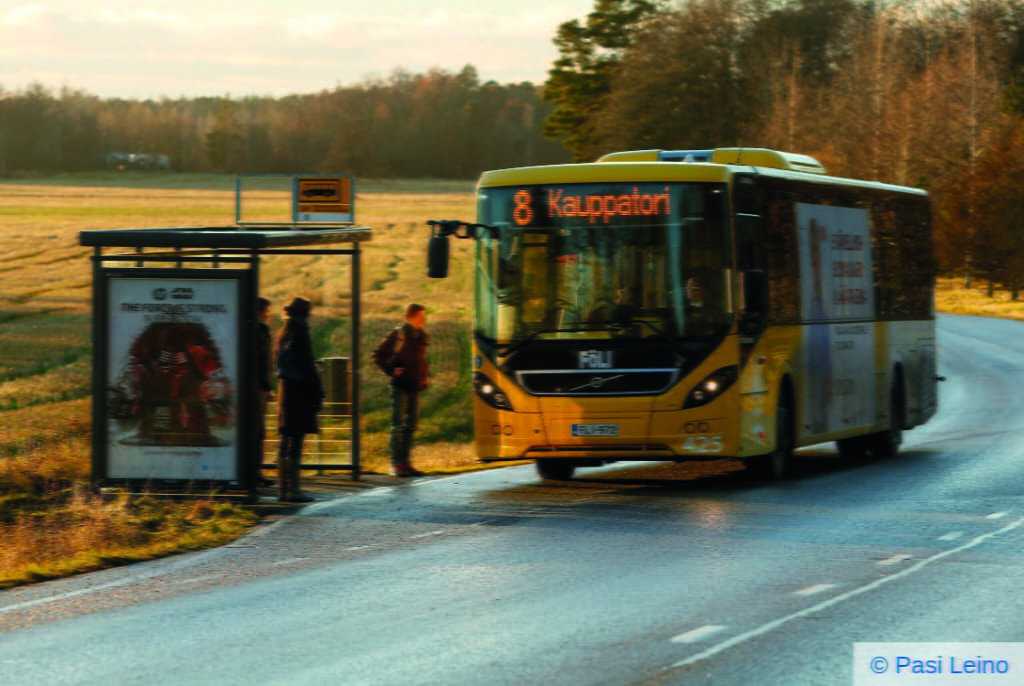Citylab: In a pandemic, we're all 'transit dependent'
As health authorities tell us to stay at home and to maintain a six-foot distance from one another, public transit ridership has understandably collapsed. A TransitApp analysis suggests that this collapse has now stabilized around 70% below pre-crisis levels, but many major agencies report bigger declines, especially on longer-distance and commute-oriented services. San Francisco’s BART system, for example, has lost 93% of its riders.
The financial disaster transit agencies face is hard to overstate. Most U.S. transit agency revenue comes from fares and payroll and sales taxes, all of which will have collapsed or can be expected to as the effects of the pandemic ripple down through the economy.
There is no silver lining here. The recent federal CARES Act includes $25 billion in emergency funds for transit agencies. This will keep the lights on for a while, but not if the crisis drags on.
In response to this emergency, major agencies are doing their best not to cut service much. Typically, agencies have deleted rush-hour express service (whose wealthier riders are almost all working from home) and have shut down tourism and recreation services. After that, their next step has usually been running Saturday or Sunday schedules every day, which implies reduced frequencies, although San Francisco is turning off some routes to protect frequency and prevent crowding on most-used routes nearby. Based on my informal discussions with many agencies, the service cuts seem to be in the range of 10% to 40% at this point, far less than the roughly 70% drop in ridership.
This article from Citylab explores the vital role of public transport in the time of the coronavirus crisis and its importance for keeping things moving during this challenging time. Read the full article here.
